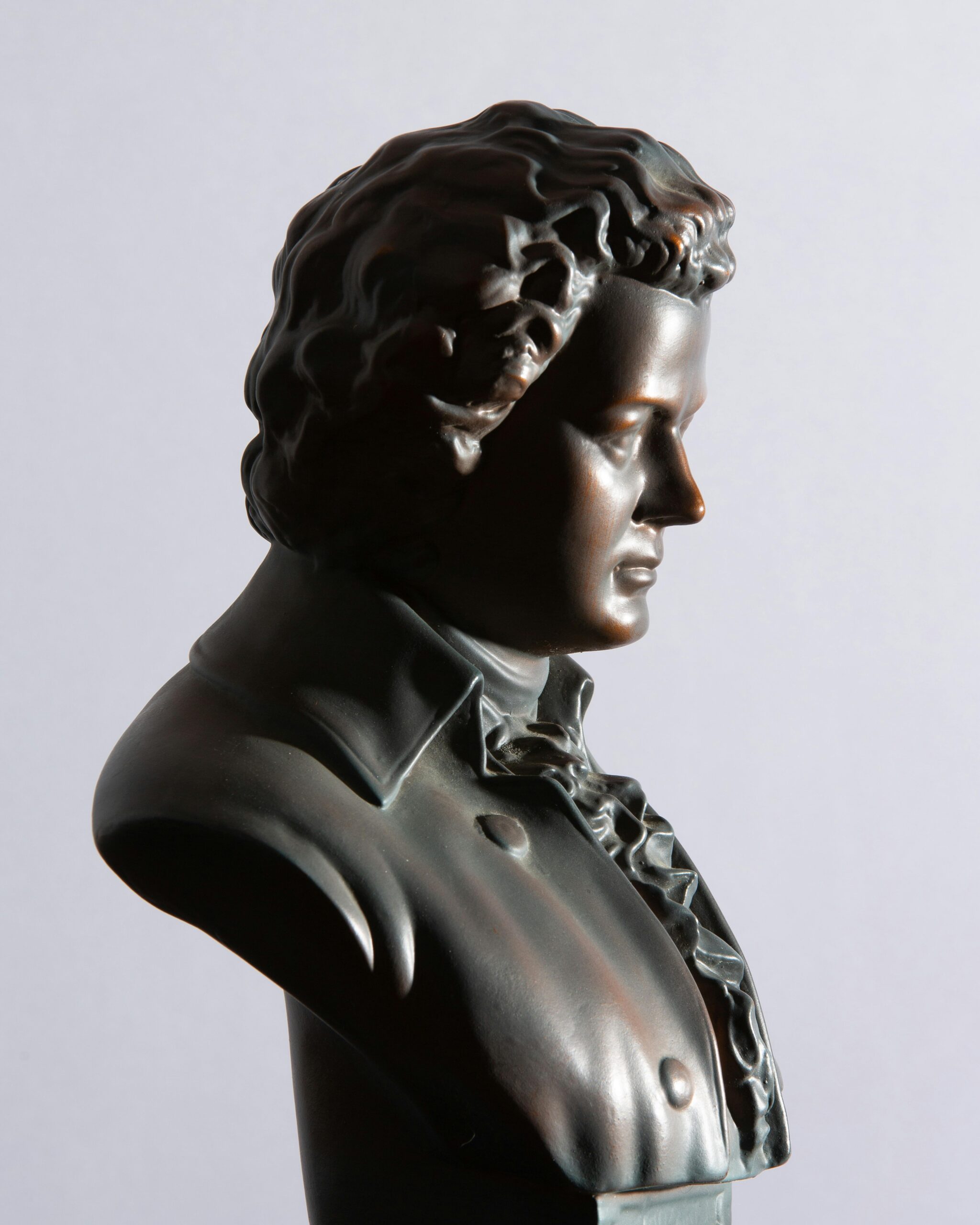By: Jerry Zhang
Composed in 1824 by Ludwig van Beethoven, “Ode to Joy” has remained a timeless masterpiece for the past 200 years. Its simple, memorable melody, intentionally crafted by Beethoven to be easily sung and unforgettable, has made it an international anthem symbolizing unity and hope.
Based on Friedrich Schiller’s 1785 poem “An die Freude,” Beethoven’s “Ode to Joy” likely drew influence from the ideals that shaped his upbringing in the progressive city of Bonn, Germany, which was heavily impacted by Enlightenment thinking such as the ideals of reason, democracy, and equality reflected in the poem. However, Schiller revised the poem in 1803 after the bloody French Revolution, disillusioned by the Enlightenment’s ideals.
Recognizing the flaws in both versions of Schiller’s poem, Beethoven selectively drew inspiration from each while upholding the message of the Enlightenment. He later wrote, “The empire of the mind [is] the highest of all spiritual and worldly monarchies.” His approach to composing the Ninth Symphony was also unique, breaking away from the Classical style of music with its rises and falls, and paving the way for the Romantic era.
Before 1824, no other symphony had incorporated a chorus, but Beethoven’s Ninth Symphony changed that. While the first three movements were similar to contemporary symphonies, purely instrumental, the final movement included cellos and basses that mimicked human speech before the chorus exclaims, “Oh friends, not these sounds!” and the music shifts to a cheerful tune.
Throughout its 200-year history, “Ode to Joy” has been used by various groups for their purposes. The Nazis used it as propaganda to symbolize the start of a new era. Conversely, Leonard Bernstein performed it shortly after the fall of the Berlin Wall, calling it the “Ode to Freedom.” More recently, the Ukrainian Freedom Orchestra premiered a Ukrainian translation of the symphony.
As one of the most recognized melodies in the world, “Ode to Joy” has been and continues to be a piece representing unity. With its message to all being “all men become brothers.” During such a time of fragmentation in the world, its lesson is something that we can all embrace.
Image Credit by Photo by Benjamin Lehman: https://www.pexels.com/photo/a-a-bronze-statue-of-ludwig-van-beethoven-7325138/











